Set theory is the proper framework for abstract mathematical thinking. All of the abstract entities we study in this book can be viewed as sets with specified additional structure. Set theory itself may be developed axiomatically, but the goal of this chapter is simply to provide sufficient familiarity with the notation and terminology of set theory to enable us to state definitions and theorems of abstract algebra in set-theoretic language. It is convenient to add some properties of the natural numbers to this informal study of set theory.
It is well known that an informal point of view in the theory of sets leads to contradictions. These difficulties all arise in operations with very large sets. We shall never need to deal with any sets large enough to cause trouble in this way, and, consequently, we may put aside all such worries.
The Notation and Terminology of Set Theory
A set is any aggregation of objects, called elements of the set. Usually the elements of a set are mathematical quantities of a uniform character. For example, we shall have frequent occasion to consider the set of integers {... , 2, 1, 0, 1, 2,...}, which is customarily denoted Z (for the German Zahlen, which means numbers). We shall use also the set Q of rational numbersnumbers which are the quotient of two integers, such as 7/3, 4/5, 2.
To give an example of another type, we let K denote the set of coordinate points ( x , y ) in the xy -coordinate plane such that x 2 + y 2 = 1. Then K is the circle of unit radius with the origin as center.
To indicate that a particular quantity x is an element of the set S , we write x S , and to indicate that it is not, we write x S. Thus 2 Z , but 1/2 Z ; and 1/2 Q , but 2 Q .
A set is completely determined by its elements. Two sets are equal if and only if they have precisely the same elements . In other words, S = T if and only if x S implies x T and x T implies x S .
It will be convenient to write x , y , z S for x S , y S , and z S .
A set S is a subset of a set T if every element of S is an element of T , or in other words, if x S implies x T . To indicate that S is a subset of T we write S T . If S T and T S , then x S implies x T and x T implies x S , so that S = T .
The empty set is the set with no elements whatever. The empty set is a subset of every set T . If S is a subset of T and neither S = nor S = T , then S is called a proper subset of T .
Frequently a set is formed by taking for its elements all objects which have a specific property. We shall denote the set of all x with the property P by { x P ( x )}. Thus,
Z = { x x is an integer}.
To indicate that a set is formed by selecting from a given set S those elements with property P , we write { x S P ( x )}. It is clear that { x S P ( x )} is always a subset of S . For example, the set of even integers,
2 Z = { x Z x = 2 y , y Z },
is a subset of Z .
The intersection of two sets S and T is the set S T of elements common to both. In other words,
S T = { x x S and x T }.
The intersection S T is a subset of both S and T . The sets S and T are said to be disjoint if S T = .
We note the following properties of intersection:
- A (B C )= ( A B ) C ,
- A B = B A ,
- A A = A and A = ,
- A B = A if and only if A B .
Let S 1, S 2 ,... , Sn be sets. Then we shall write
as an abbreviation for
S 1 S 2 Sn = { x x Si for each i = 1, 2,... , n }.
The union of two sets S and T is the set S T of elements in S or T or in both S and T . In other words,
S T = { x x S and/or x T }.
S and T are both subsets of S T .
The following properties of union are analogous to those of intersection:
- A ( B C ) = ( A B ) C ,
- A B = B A ,
- A A = A and A = A ,
- A B = B if and only if A B .
Let S 1, S 2,... , Sn be sets. Then we shall write  as an abbreviation for
as an abbreviation for

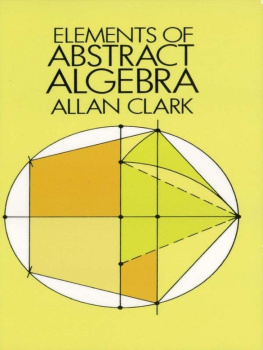
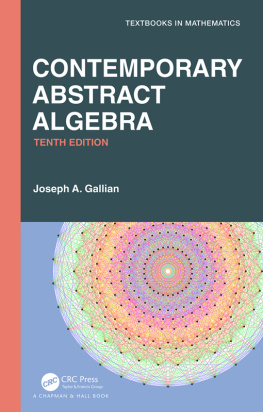
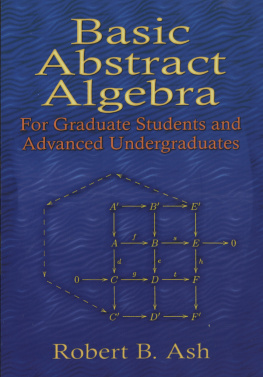
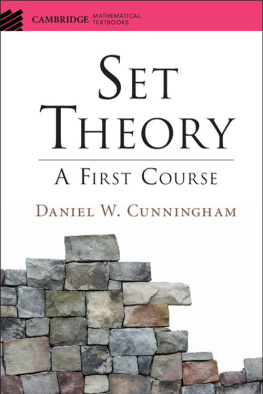
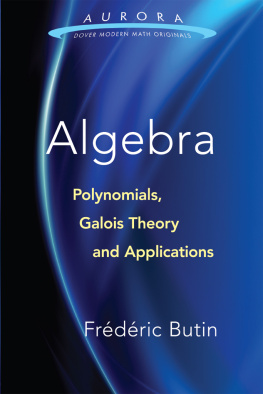
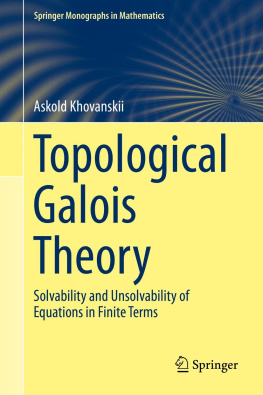
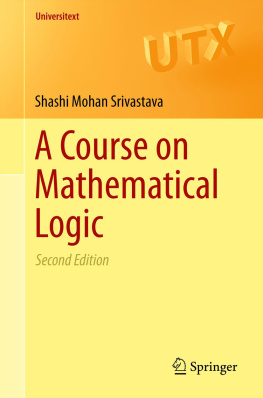



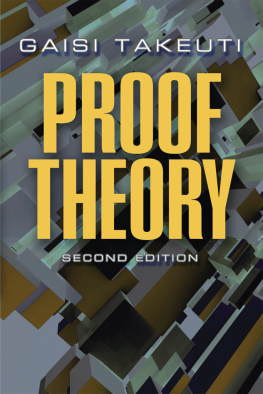
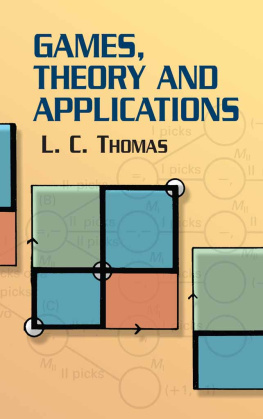

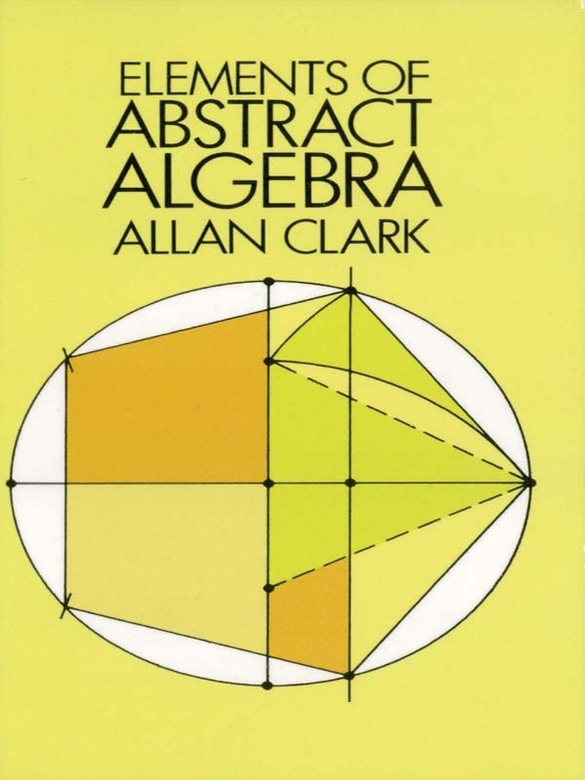



 as an abbreviation for
as an abbreviation for